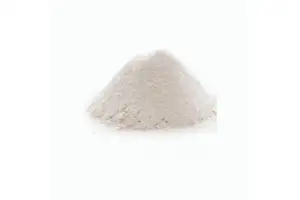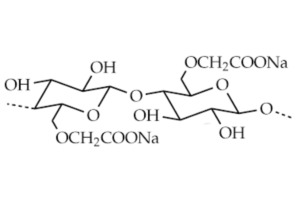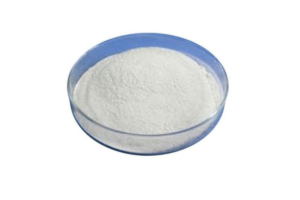Xanthan gum is a polysaccharide derived from the fermentation of a specific strain of bacteria, Xanthomonas campestris.
The production process of xanthan gum begins with the preparation of a nutrient-rich growth medium, typically containing carbohydrate sources such as glucose or sucrose, along with essential minerals and nutrients required for the growth of the bacteria.
The Xanthomonas campestris bacteria are then introduced into the growth medium, where they metabolize the available nutrients and secrete the xanthan gum as a byproduct of their metabolic processes.
During the fermentation process, the bacteria produce a complex mixture of high-molecular-weight polysaccharides, primarily composed of glucose, mannose, and glucuronic acid. These polysaccharides are linked together through a unique arrangement of glycosidic bonds, forming a highly structured and stable polymer chain.
The fermentation process is carefully monitored and controlled to ensure optimal growth conditions for the bacteria and maximize xanthan gum production. Factors such as temperature, pH, aeration, and nutrient availability are carefully regulated to promote the efficient synthesis of xanthan gum by the bacteria.
Once the fermentation is complete, the xanthan gum is recovered from the fermentation broth through a series of purification steps, which may include precipitation, filtration, and drying processes. These steps aim to remove any remaining nutrients, bacterial cells, and unwanted byproducts, leaving behind a purified form of xanthan gum.
The resulting xanthan gum is a fine, off-white powder that is highly soluble in both hot and cold water. When dissolved in water, xanthan gum forms a highly viscous and stable solution, which is resistant to changes in temperature, pH, and the presence of various salts and enzymes.
It’s important to note that Xanthomonas campestris is a specific strain of bacteria that has been identified and optimized for the commercial production of xanthan gum. This strain has been genetically modified through traditional mutagenesis techniques to enhance its ability to produce high yields of xanthan gum efficiently.
While xanthan gum is derived from a bacterial fermentation process, it is considered safe for human consumption and is widely used as a food additive in various industries, including food, pharmaceuticals, and cosmetics, due to its unique properties as a thickening, stabilizing, and emulsifying agent.
In summary, xanthan gum is derived from the fermentation of the bacteria Xanthomonas campestris, which produces a complex polysaccharide through its metabolic processes. The fermentation process is carefully controlled, and the xanthan gum is subsequently purified and dried to obtain the final product used in various applications.





